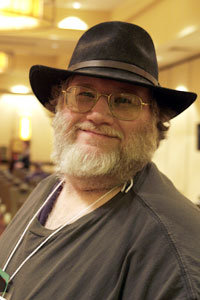PI Claudio Mazzoleni and Co-PIs Raymond Shaw, Will Cantrell (Physics) and Lynn Mazzoleni (Chemistry), “Cloud-Processing of Brown and Black Carbon Aerosol from Biomass Burning: Spectroscopic, Chemical and Physical Properties—A Laboratory Study in Michigan Tech Turbulent Cloud Chamber,” NASA
Ravi Pandey (Phys) has received $75,000 (with a potential award total of $726,291) from the US Department of Defense-Army Research Laboratory for the first year of a potential three-year research and development project titled “First Principles Studies of Structure-Property Relationships in Two-dimensional Nanomaterials Beyond Graphene for Defense Applications.”
Robert Nemiroff (Phys) has received $30,000 of $238,362 from the National Aeronautics and Space Administration for the first year of a three-year project titled “Supporting Astronomy Picture of the Day.”
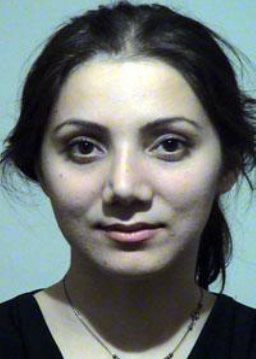
Physics Colloquium
Michigan Technological University
Thursday September 25, 2014
4:00 pm 139 Fisher Hall
Thresholdless nanoscale lasers and the promises of metallic nano-cavities
Mercedeh Khajavikhan
Assistant Professor, College of Optics and Photonics (CREOL), University of Central Florida
Partially sponsored/funded/by the Visiting Women & Minority Lecturer/Scholar Series
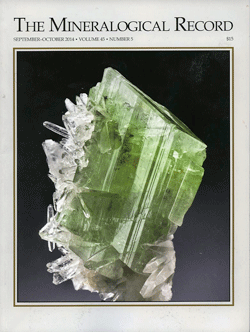
Professor John Jaszczak (Physics), adjunct curator at the A. E. Seaman Mineral Museum, published a paper in the September/October issue of The Mineralogical Record, “Spectacular Sulfides from the Merelani Tanzanite Deposit, Manyara Region, Tanzania.” The paper’s coauthors are Simon Harrison, Mike Keim, Mike Rumsey (Natural History Museum, London) and Michael Wise (Smithsonian Institution).
Vol. 45, No. 5 September – October 2014
Physics Colloquium
Michigan Technological University
Thursday, September 18, 2014
11:00 AM Fisher Hall 139
Layer-Dependent Electronic and Physical Structure of 2D materials
Richard M. Osgood
Columbia University
Physics Colloquium
Michigan Technological University
Thursday, September 11, 2014
4:00 – 5:00 pm
Room 139, Fisher Hall
Chaos, predictability and small scale weather simulation
Prof. Harmen Jonker
Department of Geoscience and Remote Sensing (GRS)
Delft University of Technology
CANCELLED
The Department of Physics invites you to view the supermoon tonight from 9 to 10 p.m. through the telescopes near Fisher Hall. The viewing will take place as long as the sky is clear and conditions allow for moon gazing.
Warp-Speed Raindrops
It’s a rain race out there. In the meteorological equivalent of breaking the light-speed barrier, new research shows that the smaller droplets in a rainstorm often surpass what appears to be the speed limit for rain.
“What surprised us was not so much seeing the superterminal drops,” says physicist and co-author Raymond Shaw of MTU, “but seeing the deeper, compelling patterns.” He explains that as rain falls harder, the fraction of superterminal, or speeding, small drops increases.
Read more at Science Magazine, by Phil Berardelli. This article was posted on June 12, 2009.
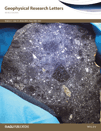
Further evidence for super-terminal raindrops
M. L. Larsen1, A. B. Kostinski and A.R. Jameson
DOI: 10.1002/2014GL061397
A network of optical disdrometers (including laser precipitation monitors and a 2-dimensional video disdrometer) was utilized to determine whether the recent reports of “super-terminal” raindrops were spurious results of drop breakup occurring on instrumentation. Results unequivocally show that super-terminal raindrops at small (less than 1 mm) sizes are ubiquitous, are measurable over an extended area, and appear in every rain event investigated.
Read more at Geophysical Research Letters, published by Wiley Online Library in 2014.
Confirmed: Some raindrops fall faster than they should
Five years ago, scientists reported that raindrops, especially small ones, often fall through the air much faster than they should. Some researchers have suggested that these “super-terminal” raindrops (ones traveling more than 30% faster than their terminal velocity, at which air resistance prevents further acceleration due to gravity) were fragments of larger drops that had splattered off the team’s instruments, with the smaller bits retaining the speed the larger drop had before it struck the instrument. But new research hints that the speedier-than-expected drops are the result of natural processes—and that, moreover, they make up a substantial fraction of rainfall.
Read more at Science Magazine, by Sid Perkins. This article was posted on August 26, 2014.
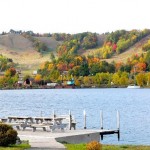 Physics Department Picnic and Social
Physics Department Picnic and Social
Where: Houghton City Park (same location as last yr)
Located by the Super 8 Motel
When: Thursday, August 28th, 2014, at 11:30 AM
Who: Everyone – Faculty, Staff, Graduate Students,
Undergraduate Students and Families etc.
Need a ride or directions: contact Diana or Taana, Room 118 Fisher, 7-2086
